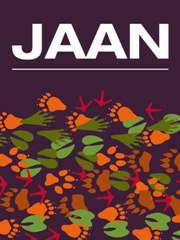Article contents
In vitro inhibition studies of natural resin acids to Clostridium perfringens, Staphylococcus aureus and Escherichia coli O149
Published online by Cambridge University Press: 06 March 2018
Summary
The following experiment evaluated the inhibitory activity of a resin acids-based product (RAP) to bacterial pathogens. Clostridium perfringens isolated from chickens, turkeys and pigs, Staphylococcus aureus from chickens, pigs and cattle, and Escherichia coli O149 isolated from pigs were tested. Two different methods were used, a broth dilution method (BDM) using 0.01%, 0.1% and 0.5% resin acid, and an agar diffusion method (ADM) using 0.01%, 0.1%, 0.5%, 1% and 5% resin acid. For the BDM, C. perfringens was inhibited completely at all concentrations. S. aureus was inhibited completely at 0.5%, but only slightly at 0.1% and not at all at 0.01%. The E. coli strains showed no or little inhibition at 0.5%. For the ADM, narrow inhibition zones evolved around the concentration of 0.5% (8–10 mm), 1% (8.0–12.0 mm), and 5% (9.0–19.5 mm) on the C. perfringens strains, while the inhibition zones for S. aureus were smaller and E. coli developed no inhibition zones. Overall, the RAP inhibited C. perfringens at all concentrations of the product, S. aureus at 0.1%, 0.5%, 1% and 5% concentrations, and E. coli O149 only at 0.5% concentrations, although some strain variation was recorded.
Information
- Type
- Original Research
- Information
- Copyright
- Copyright © Cambridge University Press and Journal of Applied Animal Nutrition Ltd. 2018
References
- 6
- Cited by

